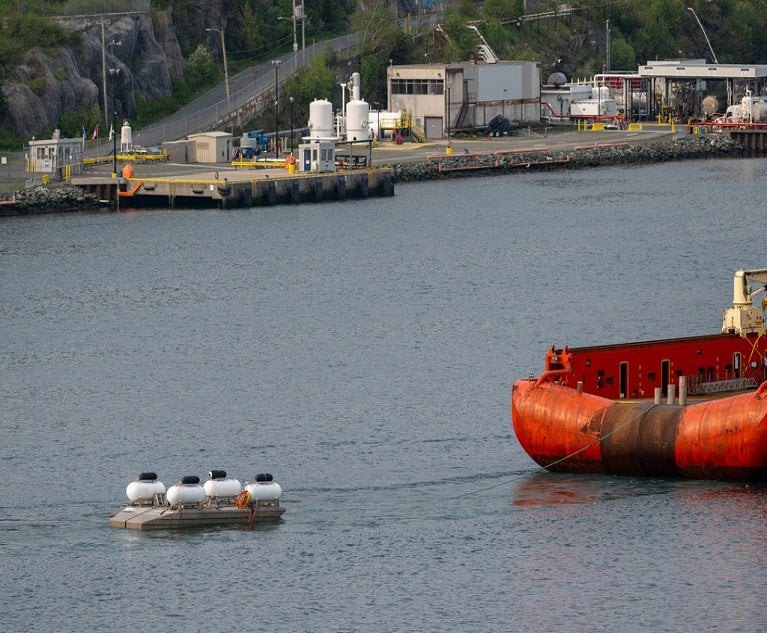 St. John's, Newfoundland, Canada – OceanGate (June 24, 2023): OceanGate ship the Polar Prince returns to St. John's Harbor with the aid of the Atlantic Merlin towing the barge of the Titan submersible. Credit: DOLORES HARVEY/Adobe Stock
St. John's, Newfoundland, Canada – OceanGate (June 24, 2023): OceanGate ship the Polar Prince returns to St. John's Harbor with the aid of the Atlantic Merlin towing the barge of the Titan submersible. Credit: DOLORES HARVEY/Adobe Stock
Earlier this month I spent some time at the Titanic Museum in Belfast, Ireland. Seeing what went into building the "unsinkable" was truly amazing. It is no wonder that people are willing to spend hundreds of thousands of dollars to make a trek two-and-a-half miles below the ocean to see what remains.
Recommended For You
Want to continue reading?
Become a Free PropertyCasualty360 Digital Reader
Your access to unlimited PropertyCasualty360 content isn’t changing.
Once you are an ALM digital member, you’ll receive:
- Breaking insurance news and analysis, on-site and via our newsletters and custom alerts
- Weekly Insurance Speak podcast featuring exclusive interviews with industry leaders
- Educational webcasts, white papers, and ebooks from industry thought leaders
- Critical converage of the employee benefits and financial advisory markets on our other ALM sites, BenefitsPRO and ThinkAdvisor
Already have an account? Sign In Now
© Touchpoint Markets, All Rights Reserved. Request academic re-use from www.copyright.com. All other uses, submit a request to [email protected]. For more inforrmation visit Asset & Logo Licensing.







